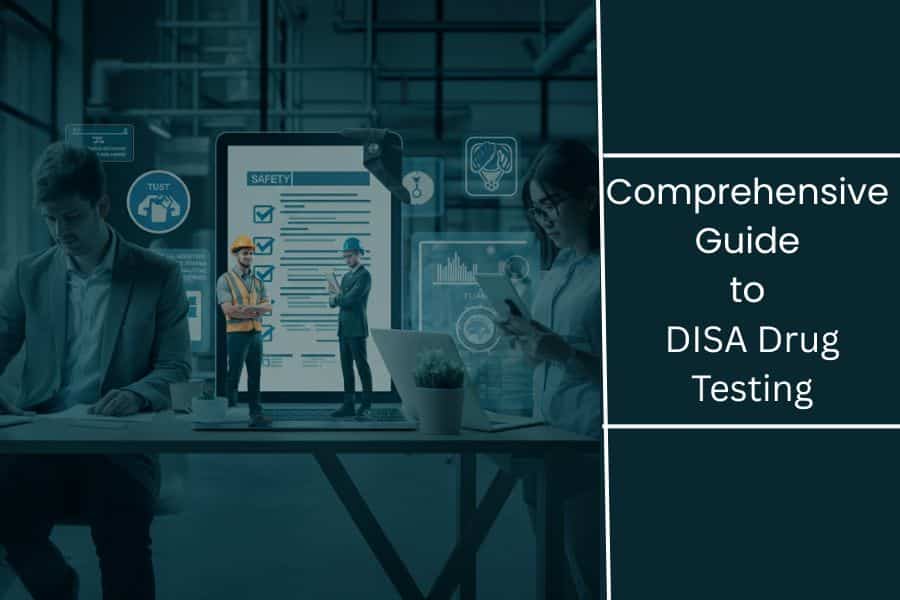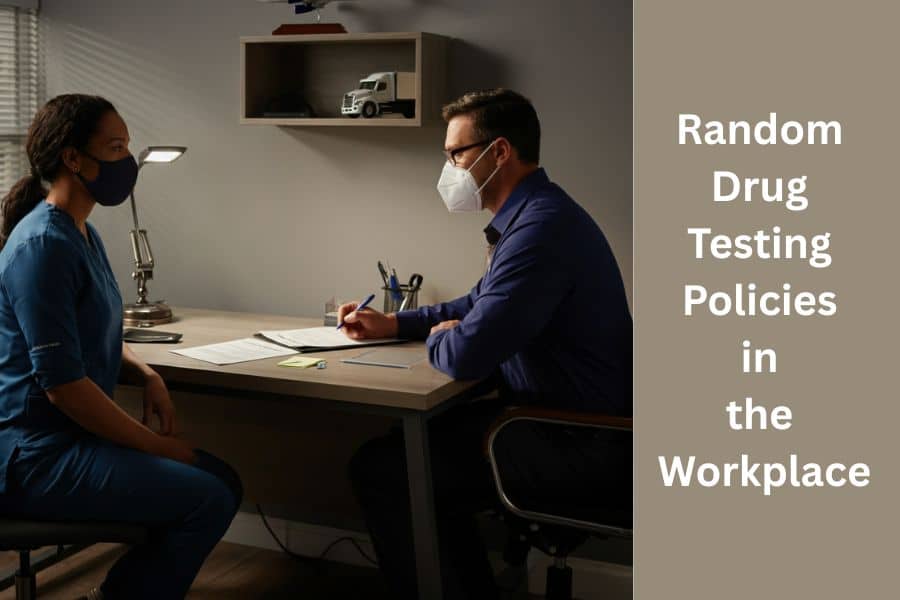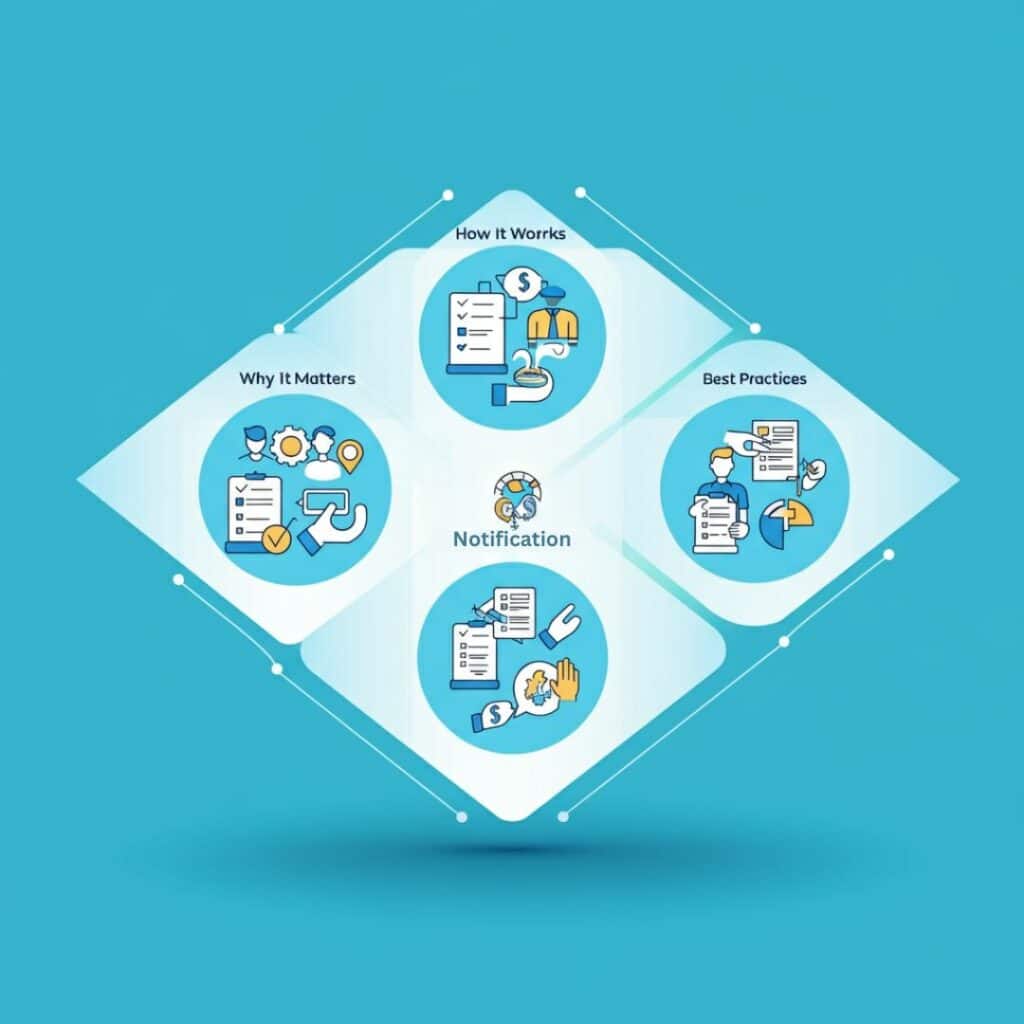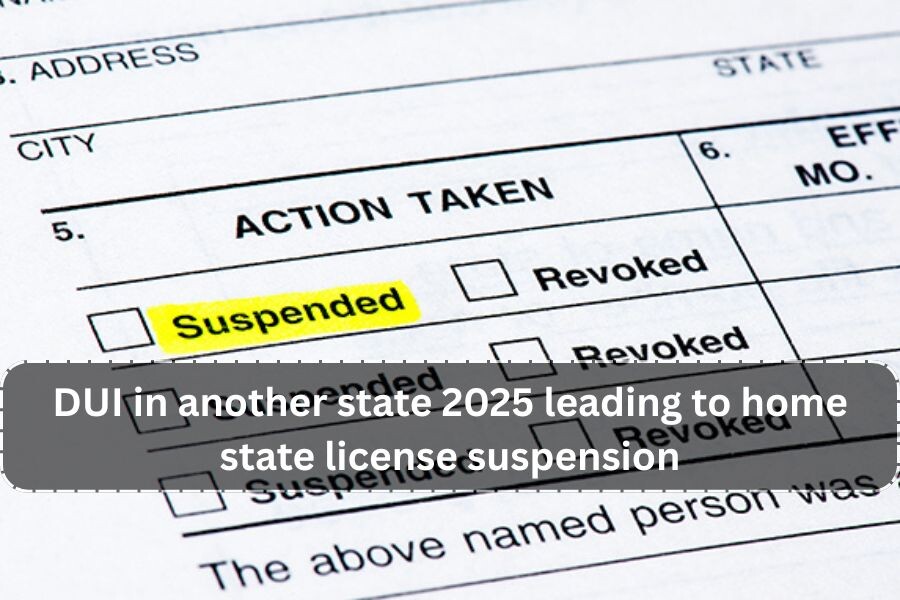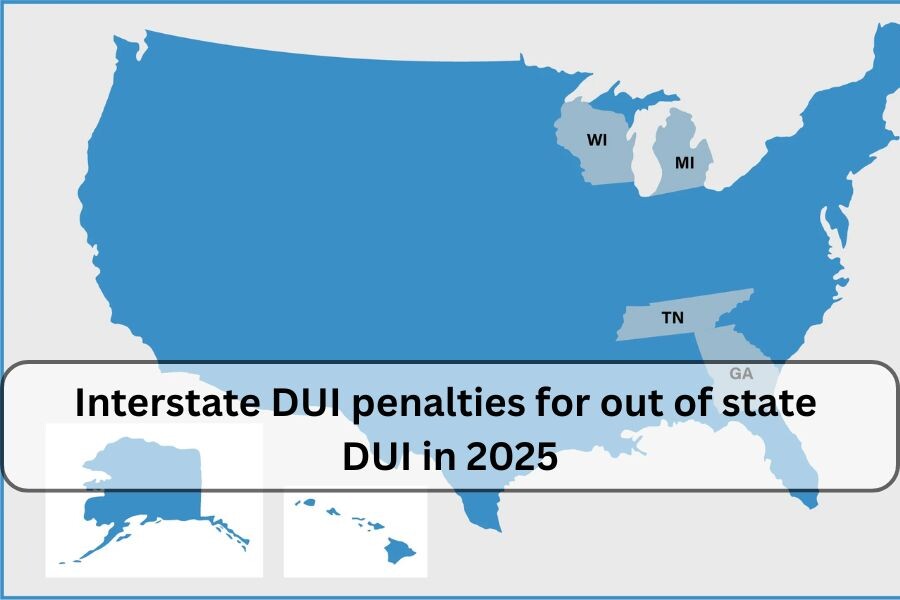Drug testing is a critical component of workplace safety and compliance, offering employers the ability to minimize risk, ensure productivity, and maintain a drug-free environment. With advancements in technology, drug testing has become more efficient and adaptable, providing various methods to meet diverse needs. Each type of drug test has distinct strengths, detection windows, and applications, allowing businesses to create customized testing solutions.
This blog explores the major types of drug testing, highlighting their unique benefits, detection capabilities, and practical applications. Whether you’re an employer or an individual seeking insight, understanding these methods can help you make informed decisions about workplace testing programs.
Urine Testing
Urine testing is the most widely used drug testing methodology, especially in workplace settings. Its popularity stems from its straightforward collection process, accessibility, and legal acceptance. It’s also the only testing method currently approved for federally mandated programs, making it a staple for industries subject to Department of Transportation (DOT) regulations.
How It Works
Urine tests detect the presence or absence of drug metabolites in a person’s system. Metabolites are residues that remain in the body as drugs are processed. When a sample is provided, it is sent for laboratory analysis, where sophisticated methods identify traces of substances.
Detection Window
Urine testing has a detection window of a few days, usually ranging from 1 to 5 days, depending on the substance used. While it may not detect long-term use, it is highly effective in discovering recent drug consumption.
What It Detects
Most standard urine drug tests screen for substances such as marijuana, cocaine, amphetamines, methamphetamines, PCP, and opioids. Some labs, including DISA’s SAMHSA-certified vendor partners, offer expanded panels to include synthetic substances or additional opioids.
Benefits of Urine Testing
- Least invasive method for federally mandated testing
- Cost-effective and widely available
- Extensive network of collection sites for convenience
- Ideal for pre-employment, post-accident, and random testing
Despite its many advantages, urine testing can be susceptible to cheating or tampering, though advanced procedures such as electronic custody and control forms (eCCFs) help mitigate this risk.
Hair Testing
Hair testing is renowned for its ability to detect long-term drug use, offering a robust view of an individual’s history with substances. Because of its extended detection period, it is often considered the most comprehensive drug testing option.
How It Works
A small sample of hair is collected under supervision, generally from the crown of the head. The analysis examines drug metabolites embedded in the hair shaft, which grow out with the hair over time.
Detection Window
Hair tests provide a detection window of up to 90 days. This makes it an excellent choice for identifying habitual drug use, even if the person has abstained for several days before testing.
What It Detects
Hair testing screens for major substances such as marijuana, cocaine, amphetamines, PCP, and opioids. Its longer detection range makes it less effective at identifying very recent drug use, such as consumption within the last few days.
Benefits of Hair Testing
- Wide detection window for repeat drug use
- Nearly impossible to cheat, as samples cannot easily be adulterated or substituted
- Non-invasive, with no requirement for biological fluids
- Excellent for pre-employment drug screening
Hair testing is ideal for organizations seeking to assess consistent drug use patterns in candidates or employees while eliminating the risk of tampered samples. Its long history of accuracy and reliability makes it a go-to option for industries such as transportation and healthcare.
Oral Fluid Testing
Oral fluid testing, often referred to as a saliva drug test, has gained popularity for its convenience, affordability, and ability to detect recent drug use. This fast, non-invasive method is particularly effective for on-site testing, making it a valuable tool for workplace programs.
How It Works
Testers collect a saliva sample by swabbing the inside of a person’s mouth. The sample is then sent to a lab for analysis. FDA-approved on-site devices are also available, providing preliminary results almost immediately.
Detection Window
One of the key advantages of oral fluid testing is its short detection window. It can detect substances used minutes to 48 hours prior to the test, making it ideal for identifying very recent drug use.
What It Detects
Oral fluid tests can identify substances such as marijuana, cocaine, amphetamines, and opioids. However, their short detection window makes them less effective at uncovering habitual or long-term use compared to hair or urine tests.
Benefits of Oral Fluid Testing
- Easy and non-invasive collection process
- Real-time detection of very recent use
- Minimal risk of tampering, as samples are collected under observation
- Cost-effective and quick results
Because of its practicality and affordability, oral fluid testing is commonly used in scenarios such as reasonable suspicion testing or for programs where time-sensitive results are critical.
Evidential Breath Alcohol Testing (EBAT)
While most drug tests focus on detecting drugs, alcohol testing performs a vital role in ensuring workplace safety, particularly for safety-sensitive roles. Evidential breath alcohol testing (EBAT) is the most common method for assessing current alcohol impairment.
How It Works
Participants are asked to blow into a breathalyzer that measures their breath alcohol concentration (BrAC). The results are instant and highly accurate, showing an individual’s level of intoxication at that moment.
Detection Window
Unlike drug tests, alcohol tests only measure the current presence of alcohol in the system and cannot provide insight into past use. BrAC results reflect the individual’s level of alcohol impairment at the time of testing.
What It Detects
EBAT identifies how much alcohol is in a person’s breath, which correlates with their blood alcohol concentration (BAC).
Benefits of EBAT
- Pinpoints current level of alcohol impairment
- Extremely quick results
- Federally mandated in certain industries, such as trucking or aviation
- Ideal for ensuring safety in critical, alcohol-sensitive roles
EBAT is a valuable tool for industries under DOT compliance or workplaces that require stringent alcohol monitoring. It is also commonly used during post-accident investigations or reasonable suspicion scenarios.

Choosing the Right Drug Test for Your Workplace
Each type of drug test has its own set of advantages, making it essential to choose the right one based on your needs. Urine testing is versatile for pre-employment and random testing, while hair testing provides insight into prolonged drug use. Oral fluid testing is excellent for quick and recent detection, and alcohol testing ensures safety in the moment.
To maximize workplace safety and compliance, DISA offers a range of customizable testing services, including comprehensive chain-of-custody management, policy assistance, and access to a vast network of collection sites. With advanced technology and expertise, DISA equips you with the tools to maintain a productive and drug-free environment.
If you’re considering implementing or expanding a drug testing program, partnering with a trusted provider like DISA ensures your organization has access to innovative solutions tailored to your needs.
Take the first step to creating a safer workplace today by exploring DISA’s complete suite of drug testing services!
Reference Article

